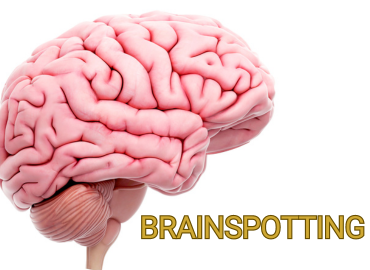Brainspotting
Mental health treatment has come a long way through the centuries, from diagnosing people from the color of their bile to Freud’s seminal works to our current methodology, from talk therapy to antidepressant medications to noninvasive brain stimulation treatments like transcranial magnetic stimulation (TMS). We support therapy that engages the patient and allows them to better understand and empower themselves.
Brainspotting, or BSP, is a new form of treatment for stress and memory-related mental health problems. It was discovered in 2003 by clinical social worker David Grand, PhD, during his work with EMDR. EMDR is short for eye movement desensitization and reprocessing, a psychotherapy technique for helping traumatized patients process the events that wounded them.
Brainspotting relies on the theory of “brainspots,” or areas in the brain where traumatic memories and emotionally fraught information is stored. Many mental health experts today theorize that the body stores trauma, and since the brain is another part of the body, that will alter brain function, even composition. Emotions and the memories connected with them are stored in the orbitofrontal cortex in the limbic system, the amygdala, and the hippocampus. Brainspotting therapy aims to find those spots so that the negative emotions can be released and dealt with. That gives it great potential as both a diagnostic and treatment tool.
The patient and the therapist work together using the patient’s eye movements to expose the nature of their trauma spots, spatially and in relation to other memories and thought processes. Another benefit to BSP is that it can be used in conjunction with other therapies like cognitive behavioral therapy, or CBT, talk therapy, and antidepressants.
EMDR and brainspotting are still undergoing much study, but we have high hopes that these methods will be refined and used to help more patients achieve a better quality of life where they can focus on what they want to focus on without traumatic memories constantly getting in the way. Success stories continue to come up from across the world, even including some of the people hurt by the attack on Sandy Hook Elementary School in 2012.
We’ll continue to monitor research into new methods of treating mental illness. It’s our mission to embrace safe, effective modalities to help our community. For questions and appointments, write to us on our website anytime or call (585) 442-6960.




